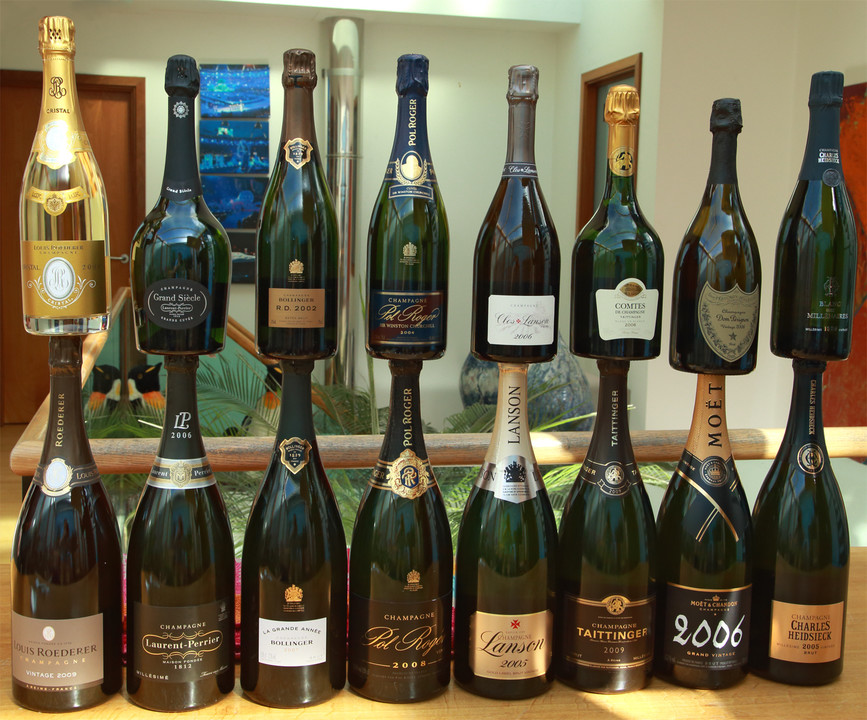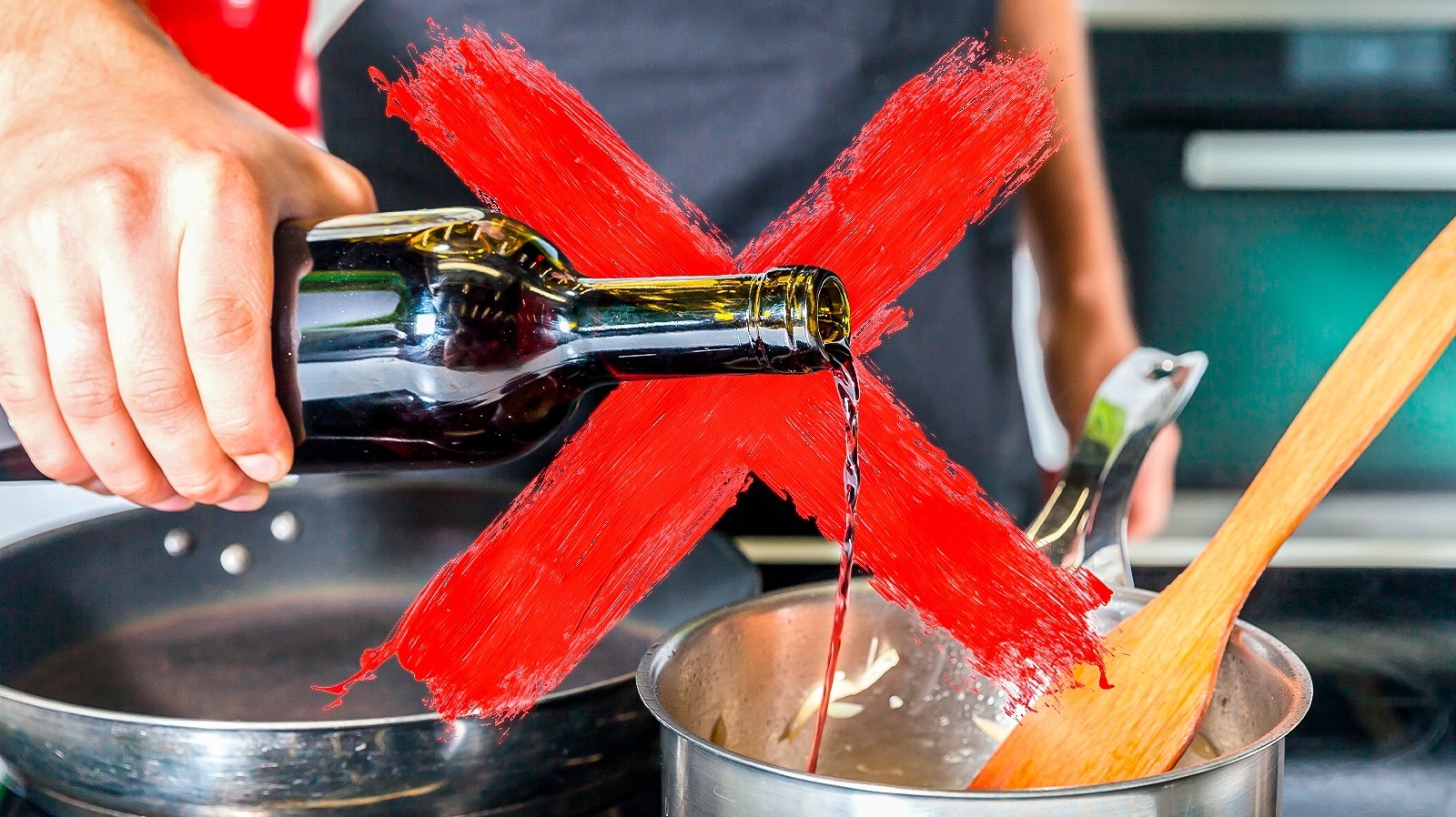Wine appreciation is an art form that many of us think we’ve mastered, but the reality is that most wine enthusiasts unknowingly commit critical errors that diminish their drinking experience. Whether you’re a casual sipper or a serious collector, these mistakes can transform a potentially sublime moment into a disappointing encounter with your favorite bottle. From temperature mishaps to storage blunders, the path between a wine’s potential and your palate is fraught with pitfalls that can compromise flavor, aroma, and enjoyment. Understanding these common wine mistakes isn’t just about following etiquette—it’s about maximizing your investment and ensuring every glass delivers the experience the winemaker intended. Let’s explore the five most devastating wine mistakes that could be sabotaging your wine journey.
Serving Wine at the Wrong Temperature
Temperature control represents perhaps the most critical factor in wine enjoyment, yet it’s where most people stumble. Serving wine too warm brings out unpleasant acidity and harsh tannins, creating an unbalanced drinking experience that masks the wine’s intended character. Conversely, over-chilling wine closes up the aromatics completely, preventing you from detecting the subtle notes and complexities you paid good money to experience.
The solution lies in understanding optimal serving temperatures for different wine styles. White wines, rosés, and sparkling wines benefit from proper chilling, while red wines should be served slightly below room temperature. If you live in a warm climate, even red wines can benefit from a brief stint in the refrigerator—about thirty minutes should suffice.
Improper Wine Storage Practices
Storage mistakes can permanently damage wine, making this error particularly costly for collectors and casual drinkers alike. Storing wine upright for extended periods allows corks to dry out and crumble, potentially exposing the wine to air and ruining its flavor profile. Heat damage from improper storage locations creates “cooked” wine with jammy, processed flavors that completely compromise the original character.
Proper wine storage requires consistent temperatures between 45-65°F, with 55°F being ideal for most wines. Avoid temperature fluctuations, direct sunlight, and vibrations that can disturb sediments and affect aging. Store corked bottles on their sides to keep corks moist, and maintain humidity levels between 60-70% to prevent cork deterioration.
Holding Your Wine Glass Incorrectly

This seemingly minor mistake actually impacts your wine’s temperature and your tasting experience. Holding your glass by the bowl warms the wine faster than intended, which can intensify acidity and tannins beyond their optimal balance. Wine stemware was specifically designed with stems to prevent this warming effect.
The proper technique involves gripping the glass by its stem, which maintains the wine’s intended serving temperature throughout your drinking session. This simple adjustment can significantly improve your wine’s taste profile and aromatic expression.
Overpouring and Drinking Too Quickly
Overpouring wine prevents proper oxygenation, which is essential for releasing the wine’s full aromatic potential and flavor complexity. The standard pour should reach only the widest part of the glass, allowing room for swirling and proper aroma concentration. Additionally, drinking wine too quickly doesn’t give your nose adequate time to appreciate the intricate aromatics that contribute significantly to the tasting experience.
Take time to swirl your wine, which introduces oxygen while releasing aromatic compounds. This simple practice can dramatically enhance your appreciation of the wine’s bouquet and flavor development.
Dangerous Champagne Opening Techniques
The dramatic cork-popping technique popularized in movies and celebrations actually wastes wine and poses serious safety risks. Sparkling wine corks can fly at speeds up to 40 kilometers per hour, potentially causing injury. Additionally, the explosive opening releases valuable carbonation, reducing the wine’s effervescence and quality.
The proper technique involves loosening but not removing the wire cage, then using it to grip and gently twist the cork out in a controlled manner. This preserves the wine’s carbonation while ensuring everyone’s safety during the opening process.


